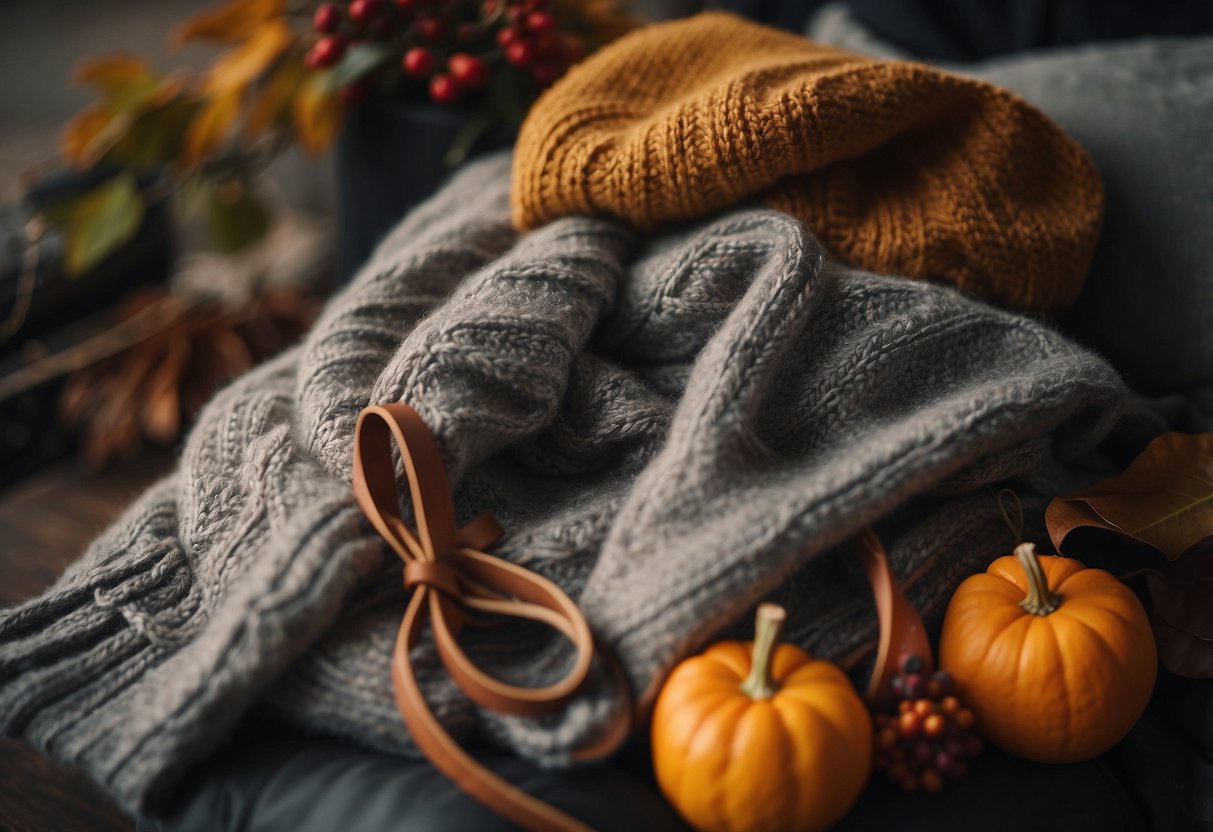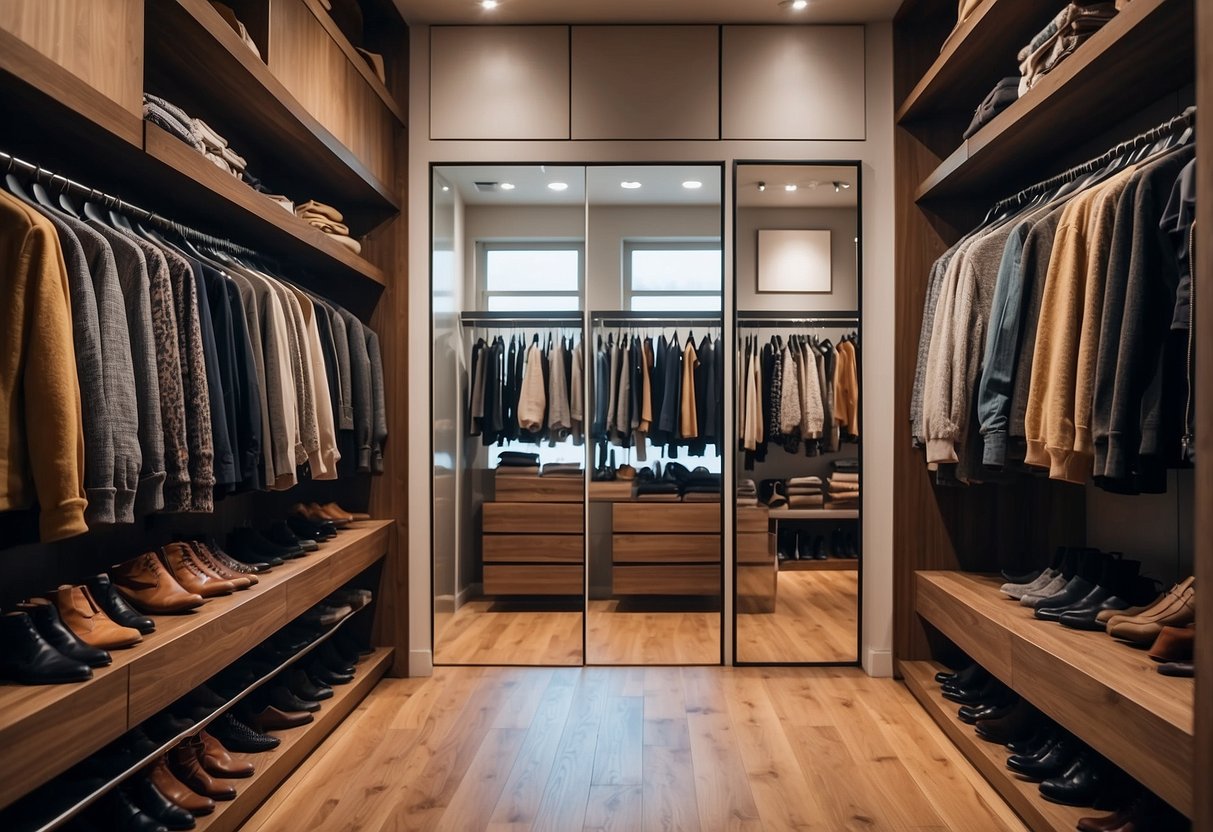
Finding ways to incorporate seasonal fashion trends into your everyday style can breathe new life into your wardrobe. By merging current trends with your unique personal style, you can create looks that are both fashionable and authentically you. This approach allows you to experiment with new pieces and accessories without completely overhauling your wardrobe each season.
To successfully blend seasonal trends with your existing wardrobe, stay updated on the latest fashion movements while prioritizing pieces that complement your personal style. Adding trendy accessories or layering items can transform basic outfits into chic and modern ensembles. Creativity is key to ensuring that your style remains fresh yet true to your own aesthetic.
Consider the practicality of each trend. Some seasonal fashions may suit certain climates or occasions better than others. Investing in versatile pieces that can be styled in multiple ways ensures that you maximize their potential. This thoughtful approach helps in building a wardrobe that’s both stylish and functional.
Understanding Seasonal Fashion Trends
Seasonal fashion trends revolve around predictable cycles that the fashion industry follows each year, offering opportunities for renewal and creativity. Various influences, from cultural shifts to technological advancements, play a significant role.
The Cycle of Seasonal Trends
Fashion operates on a cyclical timeline, typically divided into four main seasons: Spring, Summer, Fall, and Winter. Each season brings new themes and color palettes. For instance, Spring might focus on pastels and florals, reflecting nature’s renewal. In contrast, Fall often embraces earthy tones and layers.
Fashion houses and designers usually present their collections months in advance. This timeline allows retailers and consumers to prepare and anticipate. These trends influence mass-market brands, trickling down from high fashion runways to the average shopper.
Every few years, specific styles make a comeback, albeit with modern twists. This cyclical nature ensures that while fashion constantly evolves, it also revisits and renews past trends. Keeping abreast of these cycles helps consumers integrate the latest styles seamlessly into their wardrobes.
Influences on Seasonal Fashion
Seasonal fashion trends are shaped by a variety of factors. Designers often draw inspiration from cultural events, significant anniversaries, or social movements. For example, a resurgence of 90s fashion might be tied to a cultural nostalgia for that era.
Technological advancements also impact fashion trends. Innovations in fabric technology can lead to new textures and functionalities, such as moisture-wicking materials ideal for summer sportswear or thermal fabrics for winter.
Furthermore, global events and economic conditions can influence the direction of fashion. During times of economic prosperity, trends might lean towards bold, extravagant designs. In contrast, in more austere periods, minimalist styles might prevail.
Media, both traditional and social, play a critical role in the dissemination of trends. Fashion bloggers, influencers, and magazines help translate runway styles into practical everyday wear, making the latest trends accessible to a broader audience.
Assessing Your Personal Style

Understanding one’s personal style is crucial for blending seasonal trends seamlessly. This involves recognizing individual preferences and maintaining a sense of individuality while experimenting with new fashion elements.
Identifying Your Style Preferences
Determining your style preferences begins with a keen awareness of what resonates with you. Start by assessing your wardrobe and noting the pieces you wear most frequently. These items provide clues about your comfort zone and favorite styles. Reflect on the colors, patterns, and silhouettes you gravitate towards.
Consider external influences like fashion icons or eras that inspire you. By analyzing these factors, you can distill what truly represents your taste. This clarity allows you to make informed decisions when incorporating new trends, ensuring they complement rather than overshadow your personal style.
Incorporating Trends Without Compromising Individuality
Seasonal trends offer an opportunity to refresh your wardrobe without losing your unique touch. The key is to select trends that can seamlessly integrate with your existing pieces. For example, if bold prints are in vogue, choose a pattern that aligns with your color palette and style preferences.
Mix timeless staples with trendy items to create a balanced look. This approach not only keeps your outfit grounded but also highlights your creativity in adapting trends. Experimenting with accessories, such as bags or shoes, can also add a trendy flair without overhauling your entire style.



